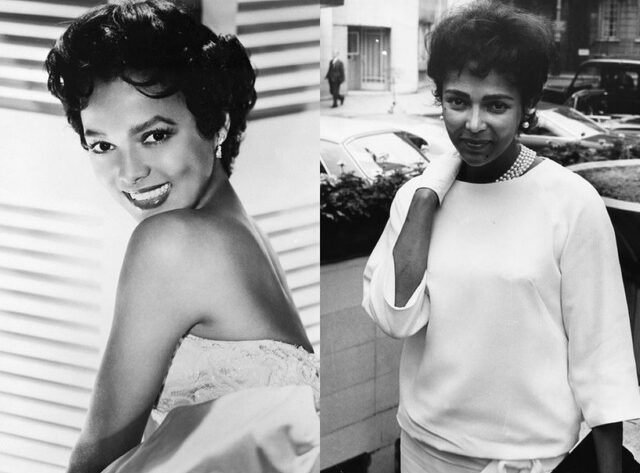Dorothy Dandridge was more than just a talented actress and singer; she was a trailblazer who shattered racial barriers in Hollywood. As the first African American woman to be nominated for an Academy Award for Best Actress, she paved the way for future generations of performers. Her story, filled with both triumphs and struggles, is a testament to her resilience and talent.
Early Life and Entry into Show Business
Dorothy Jean Dandridge was born on November 9, 1922, in Cleveland, Ohio. Raised by her mother Ruby Dandridge and her partner Geneva Williams, Dorothy experienced a strict and challenging childhood. From a young age, she performed with her sister Vivian as part of “The Wonder Children,” captivating audiences in Black churches across the South while enduring the harsh realities of racial segregation.
Relocating to Los Angeles in the 1930s, Dorothy formed the Dandridge Sisters with her sister and friend Etta Jones. The group gained prominence at prestigious venues like Harlem’s Cotton Club, though Dorothy faced constant reminders of the racism pervasive in the entertainment industry.
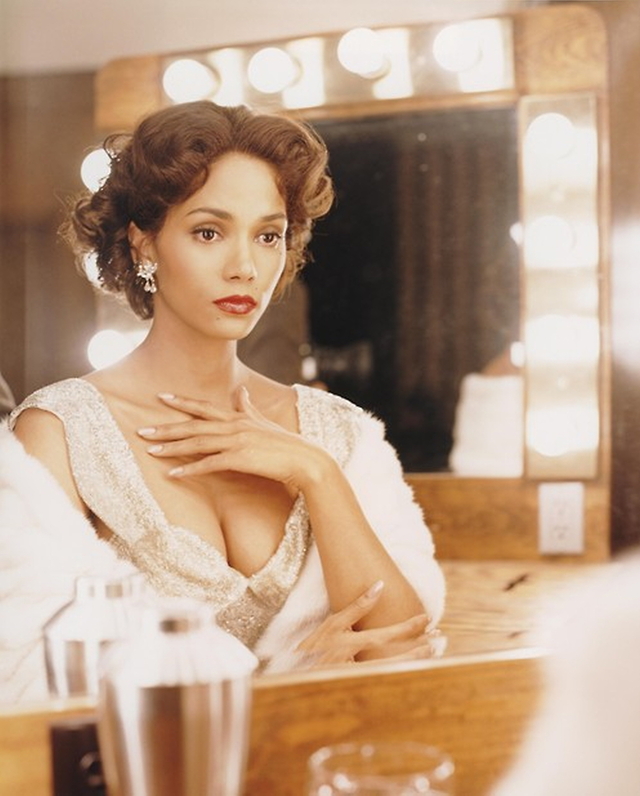
Breakthrough as a Hollywood Star
Dorothy’s initial forays into film included minor roles, but her career began to soar in the 1940s with solo performances. Her portrayal of a schoolteacher in Bright Road (1953) laid the groundwork for her breakout role in Carmen Jones (1954). Dorothy’s captivating performance earned her an Academy Award nomination for Best Actress, making her the first African American woman to receive this honor.
Though she didn’t win, her nomination was a milestone that challenged stereotypes and opened doors for Black actresses in leading roles.
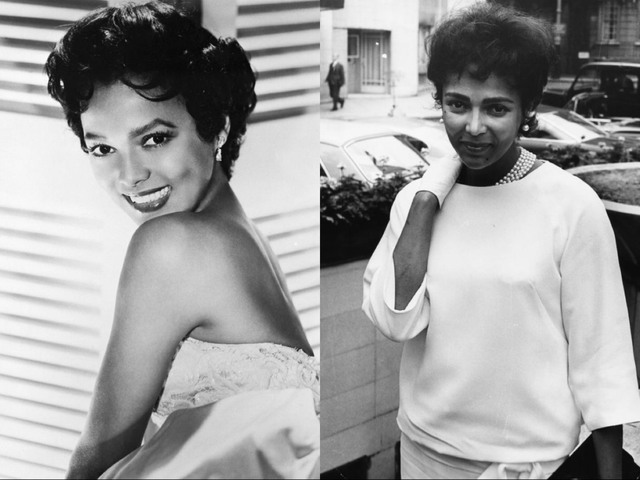
Challenges in a Segregated Hollywood
Despite her acclaim, Dorothy’s career was hampered by systemic racism. She rejected roles that perpetuated stereotypes, such as the enslaved Tuptim in The King and I, showcasing her integrity but limiting her opportunities. Films like Island in the Sun and Tamango explored controversial themes but failed to fully utilize her talent, underscoring Hollywood’s limitations at the time.
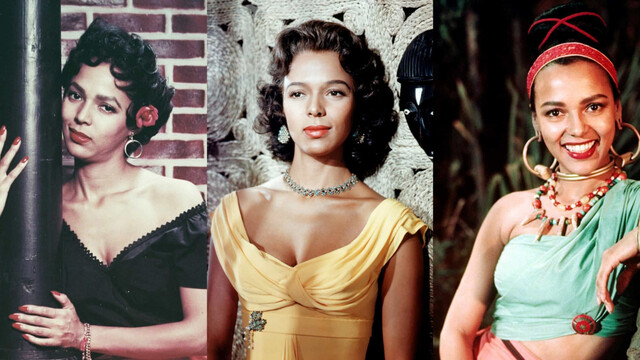
Personal Life and Relationships
Dorothy’s personal life was fraught with challenges. Her marriage to dancer Harold Nicholas ended in divorce, strained by his infidelity and the birth of their daughter Harolyn, who had special needs. Her second marriage to Jack Denison was marked by financial mismanagement and abuse, leading to financial ruin and emotional distress.

Later Career and Struggles
As roles dwindled, Dorothy turned to nightclub performances to make ends meet. Her final major role in Porgy and Bess (1959) did little to reignite her career. Financial troubles and personal struggles, including placing her daughter in a state institution, weighed heavily on her, leading to dependence on alcohol and antidepressants.
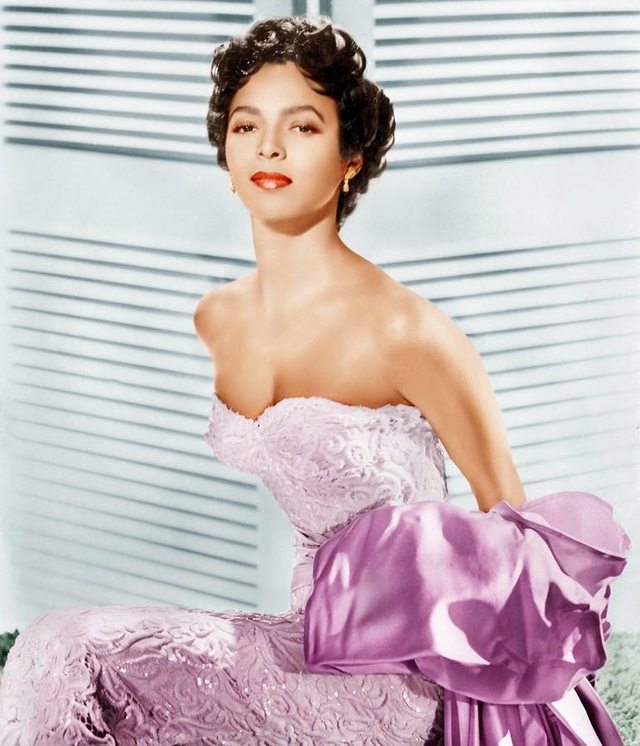
Tragic End and Lasting Legacy
Dorothy passed away on September 8, 1965, at the age of 42. Initially thought to be an embolism, her death was later attributed to an overdose of antidepressants. At the time of her death, she had only $2 in her bank account, a tragic end to a remarkable life.
Today, Dorothy’s legacy endures as a trailblazer who broke barriers in Hollywood. Her story was revived in the late 1990s through biographies and Halle Berry’s portrayal in Introducing Dorothy Dandridge (2000), which brought her achievements to a new generation.

